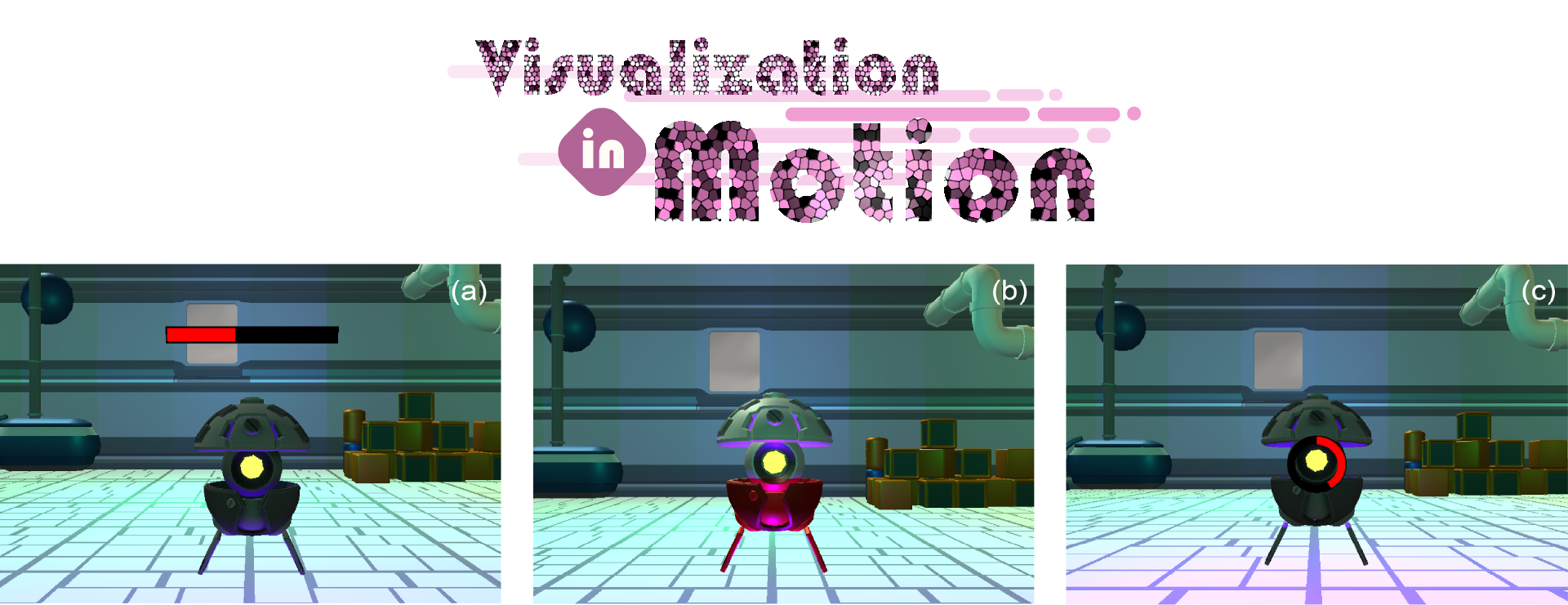User Experience of Visualizations in Motion: A Case Study and Design Considerations
Lijie Yao - Xi'an Jiaotong-Liverpool University, Suzhou, China. Université Paris-Saclay, CNRS, Inria, Gif-sur-Yvette, France
Federica Bucchieri - Univerisité Paris-Saclay, CNRS, Orsay, France. Inria, Saclay, France
Victoria McArthur - Carleton University, Ottawa, Canada
Anastasia Bezerianos - LISN, Université Paris-Saclay, CNRS, INRIA, Orsay, France
Petra Isenberg - Université Paris-Saclay, CNRS, Orsay, France. Inria, Saclay, France
Screen-reader Accessible PDF
Download preprint PDF
Download Supplemental Material
Room: Bayshore III
2024-10-17T18:09:00ZGMT-0600Change your timezone on the schedule page
2024-10-17T18:09:00Z

Fast forward
Full Video
Keywords
Situated visualization, visualization in motion, design considerations
Abstract
We present a systematic review, an empirical study, and a first set of considerations for designing visualizations in motion, derived from a concrete scenario in which these visualizations were used to support a primary task. In practice, when viewers are confronted with embedded visualizations, they often have to focus on a primary task and can only quickly glance at a visualization showing rich, often dynamically updated, information. As such, the visualizations must be designed so as not to distract from the primary task, while at the same time being readable and useful for aiding the primary task. For example, in games, players who are engaged in a battle have to look at their enemies but also read the remaining health of their own game character from the health bar over their character's head. Many trade-offs are possible in the design of embedded visualizations in such dynamic scenarios, which we explore in-depth in this paper with a focus on user experience. We use video games as an example of an application context with a rich existing set of visualizations in motion. We begin our work with a systematic review of in-game visualizations in motion. Next, we conduct an empirical user study to investigate how different embedded visualizations in motion designs impact user experience. We conclude with a set of considerations and trade-offs for designing visualizations in motion more broadly as derived from what we learned about video games. All supplemental materials of this paper are available at osf.io/3v8wm/.